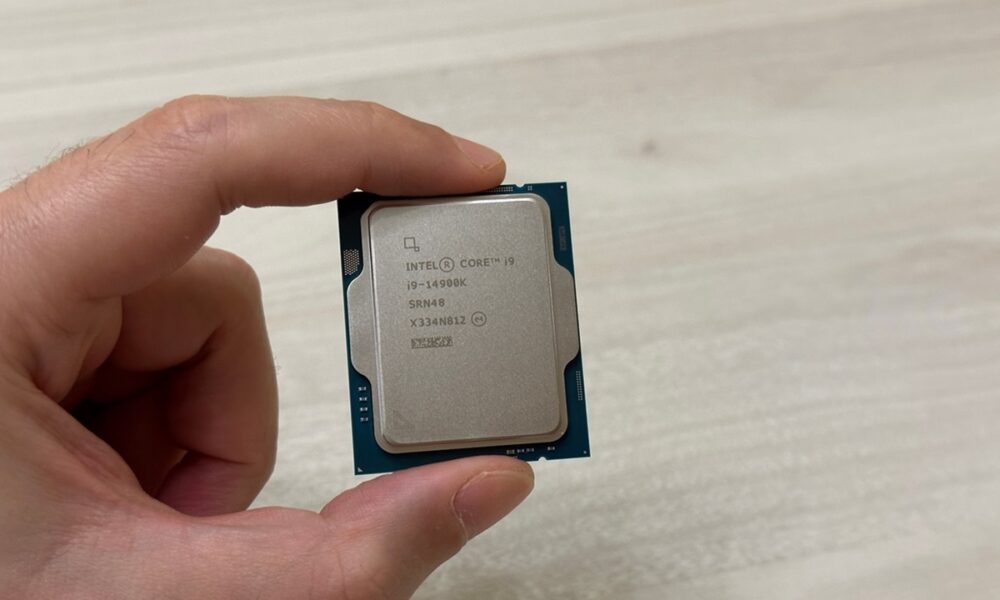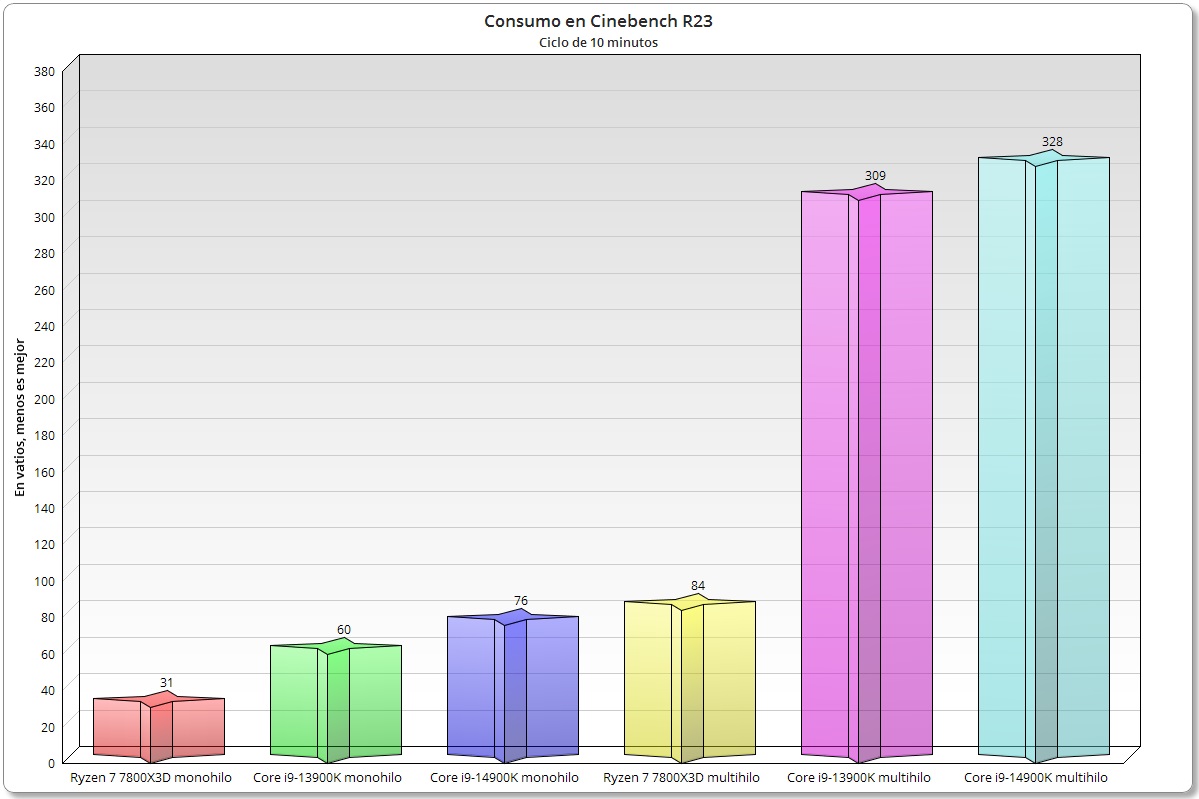Intel responds to Core i9 Gen 13 and Gen 14 stability issues
- April 28, 2024
- 0
In recent weeks, there have been cases of users who have stability issues with Intel Core i9 Gen 13 and Gen 14 processors It is important that these
In recent weeks, there have been cases of users who have stability issues with Intel Core i9 Gen 13 and Gen 14 processors It is important that these

In recent weeks, there have been cases of users who have stability issues with Intel Core i9 Gen 13 and Gen 14 processors It is important that these problems They were only reported on Core i9 models both generations, which means that the Core i7 models do not have any type of problem.
From what I could see, stability issues They occurred in games and at specific times, such as shader preloading which brings the CPU to 100% utilization. All indications were that they were caused by too aggressive power profiles and frequencies applied by the motherboard and this pushed these processors to a limit that was not sustainable in more intensive loads.

Intel has finally released a statement on the subject and basically said this the problem is in the motherboard profiles which exceed the limits set in the recommended specifications. It may seem like Intel is throwing up its hands, but it’s true that major motherboard manufacturers are releasing or have already released updates to their motherboards that add base profiles to Intel’s specifications.
Most of the cases that have been reported with stability issues they were built on Z series motherboards that allow overclocking and increase processor frequencies in a simple and automatic way thanks to those performance profiles that allow higher consumption. The beauty of K processors and Z-series chipset motherboards is in overclocking and exceeding the basic specifications, but it seems that in this case the situation has gone even further because some profiles were too aggressive.
Intel recommends using Intel Core Gen 13 and Gen 14 processors within their limits and recommended usage valuesand that means using the default BIOS-level configuration. This configuration must maintain active PL1 and PL2 power limits, as well as C states, Thermal Velocity Boost technology, and CEP (Current Excursion Protection).

Initial performance tests performed with the BIOS configured to Intel’s recommended values indicate that on average power loss ranging from 10% to 15%. It goes without saying that this situation causes the Ryzen 9 7950X to gain in numbers and position itself as a much more interesting high-end solution not only in terms of consumption, but also in terms of performance.
When I reviewed the Intel Core i9-13900K and Core i9-14900K I didn’t have the slightest problem with stability, and I recorded maximum consumption values of 309 and 328 watts in Cinebench R23 using a 30-minute stress test. The scores I got were very good, although slightly lower than other analyzes I’ve had the chance to compare with, which reinforces my belief that ultimately the problem is just over-aggressive profiles that push too much tension and power .
Source: Muy Computer
Donald Salinas is an experienced automobile journalist and writer for Div Bracket. He brings his readers the latest news and developments from the world of automobiles, offering a unique and knowledgeable perspective on the latest trends and innovations in the automotive industry.